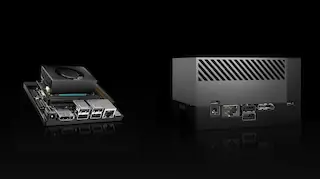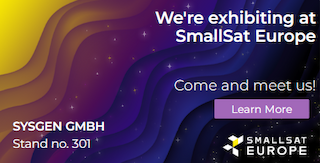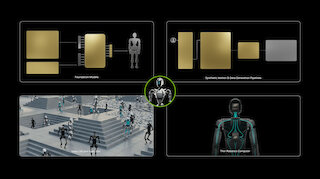
NVIDIA Jetson Developer Kits
Accelerate Edge AI and Robotics Innovation
The NVIDIA® Jetson™ platform delivers powerful edge AI for robotics and embedded applications. With Jetson Software, the JetPack SDK, and detailed Jetson Modules resources, developers can build and deploy intelligent solutions quickly. The NVIDIA® Jetson™ Developer Kits – including the Jetson AGX Thor Developer Kit, the NVIDIA Jetson Orin Nano™ Super Developer Kit, and the Jetson AGX Orin Developer Kit – provide a Jetson module on a reference carrier board with standard interfaces, enabling flexible development, prototyping, and testing for next-generation AI products.






